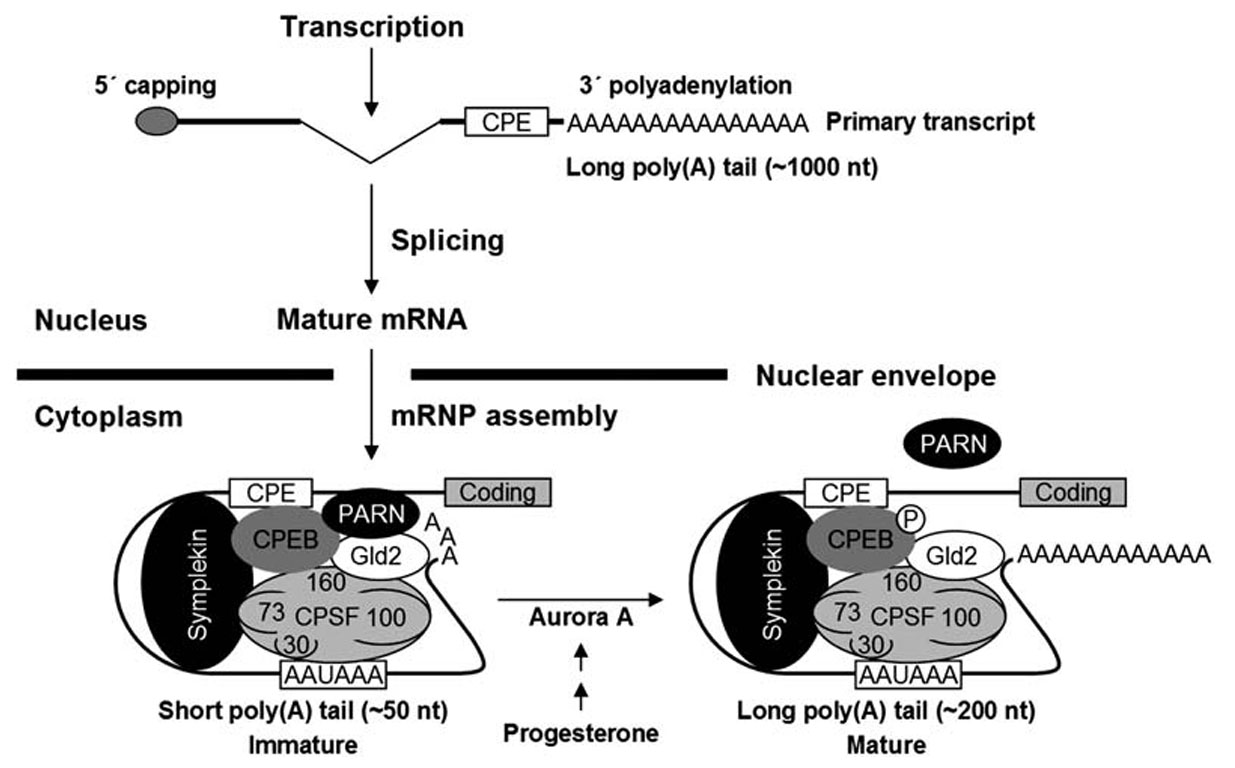Figure 1. Model of Poly(A) tail dynamics
of CPE-containing mRNA. CPEB is always bound to the CPE consensus
sequence, indicating CPEB and CPE in both translational repression and
translational activation. Prior to exit from the nucleus, mRNAs have
long poly(A)
+ tails that are shortened upon entrance into
the cytoplasm by the interaction of CPEB, the poly(A)-specific RNase
(PARN), and the poly(A) polymerase, Gld2, thereby promoting
translational repression. CPEB, PARN, and Gld2 are held together in the
ribonucleoprotein (RNP) complex maintained by the scaffold protein
symplekin, which also interacts with the cleavage and polyadenylation
specificity factor (CPSF). During translational activation CPEB is
phosphorylated by Aurora A, resulting in the release of PARN from CPEB
and Gld2 and subsequent initiation of poly(A)
+ tail
elongation by Gld2. Reprinted from reference [
27],
Molecular Cell,
24, Kim Jong Heon, Richter Joel D,
Opposing polymerase-deadenylase
activities regulate cytoplasmic polyadenylation, pages 173-183,
copyright 2006, with permission from Elsevier Limited, Oxford, UK.
![]() Figure 1 of Kelly,
Mol Vis 2008; 14:1446-1455.
Figure 1 of Kelly,
Mol Vis 2008; 14:1446-1455. 